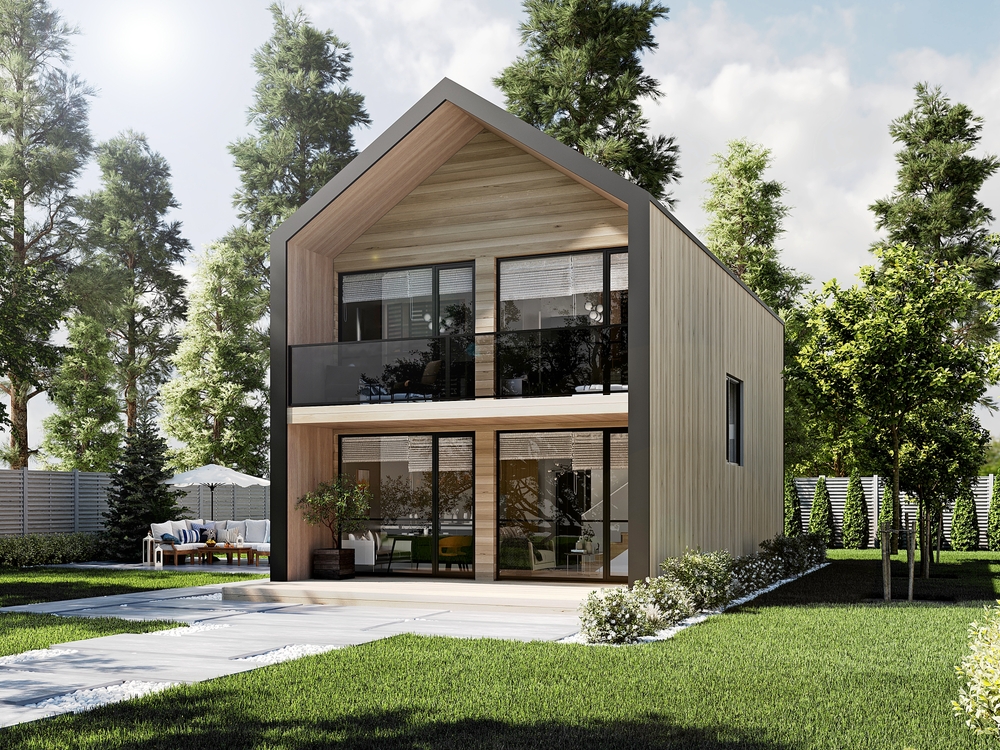Modular housing has quickly transitioned from a niche interest to a key player in the dialogue surrounding economical, eco-friendly, and efficient dwelling options. These structures have cast off their reputation for bland aesthetics and questionable craftsmanship, showcasing instead their versatility, resilience, and aesthetic appeal. We will delve into the factors behind the burgeoning popularity of modular homes and their transformative effect on the residential building sector.

The Essence of Modular Homes
Modular homes, also known as “prefabs,” are residential structures crafted in separate pieces or modules off-site before being delivered and constructed at their permanent location. Although this approach has been in existence for quite some time, recent advancements in technology and building materials have thrust it into prominence as a cutting-edge residential alternative.
Benefits of Modular Homes
- Assembly Efficiency: A foremost advantage of modular homes is the swift and efficient assembly process. Crafted within the predictable confines of a factory setting, these homes escape the common setbacks of onsite builds like weather-induced delays, allowing for a much quicker turnaround.
- Cost Savings: Modular homes typically offer a cost advantage when compared to traditional, site-built homes. The factory environment minimizes unnecessary waste and streamlines budgeting and inventory tracking. Additionally, workers can assemble homes more efficiently than in traditional building scenarios, leading to lower labor expenses.
- Eco-Friendly Construction: Modular builds excel in resource efficiency and waste reduction. Their precise assembly in a factory-controlled setting not only enhances energy efficiency but often pairs with green initiatives such as solar installations, high-performance windows, and superior insulation systems.
- Assured Quality: Each module of a modular home must meet rigorous factory specifications and adhere to strict building regulations. The factory’s oversight ensures high-quality construction that might be more challenging to supervise on a typical building site.
- Creative Freedom: Dismissing the outdated notion of uniform, assembly-line aesthetics, contemporary prefab homes offer a plethora of design and customization options. New material technologies and architectural advancements enable buyers to fashion their homes according to personal preferences and functional requirements.
- Lowered Site Disturbance: The substantial reduction in onsite construction time means less disruption in neighborhoods and conservation-sensitive regions, attributing to a positive environmental and social impact.
Hurdles for Modular Homes
Despite the multitude of advantages, some obstacles remain for modular homes. Transporting modules from the manufacturing site to their final destination can be a complex and costly task, particularly for locations that are hard to reach. Navigating building codes and zoning regulations that have yet to adapt to the advancements in prefab building also poses a challenge.
Furthermore, some homebuyers may harbor concerns about longevity and potential resale value biases against prefab construction. Nonetheless, as the housing sector evolves and the demand for affordable housing intensifies, modular homes are progressively being recognized and embraced as viable living options.
Conclusion
In the dynamic landscape of the housing industry, modular homes stand poised to make a significant impact by offering an attractive choice for those seeking affordable, time-efficient, and sustainable solutions for their living spaces. With construction efficiency, cost reductions, environmental benefits, and diverse customization options, these homes refute old stereotypes and demonstrate the creativity and evolution of modern residential architecture. They are redefining our concepts of what it means to call a place home.







